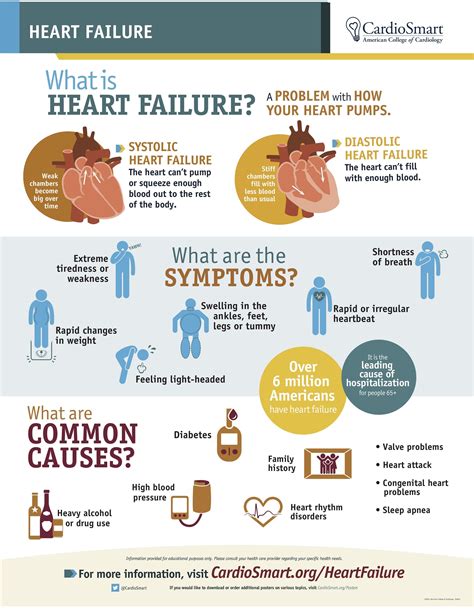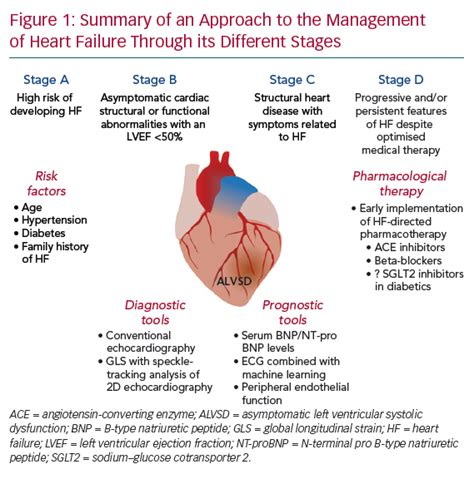lv systolic function meaning | severely decreased lv systolic function lv systolic function meaning A left ventricle (LV) ejection fraction of about 50% to 70% is categorized as . Crocs Footwear & Accessories for Women. Get the style and comfort you dream of with Crocs for women. Discover all day comfort in a variety of shoe styles from flats and clogs to sandals and heels! Crocs has fabulous womens shoes and accessories to enhance your look for any occasion! Take a look at the large collection of Crocs footwear for women.
0 · systolic heart failure symptoms
1 · severely impaired lv systolic function
2 · severely decreased lv systolic function
3 · normal lv systolic pressure
4 · lv systolic function severely reduced
5 · left ventricular systolic dysfunction symptoms
6 · how to assess lv function
7 · good lv systolic function meaning
The filling mix for this recipe consists of a delicious blend of cinnamon, nutmeg, raisins, oats, walnuts, butter, and brown sugar. This combination leaves you with a flavor-packed center that matches the tender apple perfectly. This recipe will make six delicious baked apples, which should be enough to feed six people.

Ejection fraction (EF) is a measurement, expressed as a percentage, of how . Left ventricular hypertrophy changes the structure of the heart and how the heart works. The thickened left ventricle becomes weak and stiff. This prevents the lower left heart chamber from filling properly with blood. Systolic heart failure is when the left ventricle of your heart is weak and can't .Left ventricular systolic function can be assessed by quantifying the rate of change of the mitral regurgitant jet, with normal function showing a rapid .
A left ventricle (LV) ejection fraction of about 50% to 70% is categorized as .Systolic heart failure is also called heart failure with reduced ejection fraction (or HFrEF). . LV GLS is useful to detect future cardiotoxicity among patients receiving .Left ventricular systolic dysfunction (LVSD) means that the left ventricle is not working well - it .
Known Left Ventricular Systolic Dysfunction. If no established diagnosis of heart failure, please .Systolic heart failure, also called heart failure with reduced ejection fraction, occurs when your left ventricle can’t pump blood efficiently. It’s a serious condition and can cause damage to other organs.
systolic heart failure symptoms
Ejection fraction (EF) is a measurement, expressed as a percentage, of how much blood the left ventricle pumps out with each contraction. An ejection fraction of 60 percent means that 60 percent of the total amount of blood in the left ventricle is pushed out with each heartbeat. Left ventricular hypertrophy changes the structure of the heart and how the heart works. The thickened left ventricle becomes weak and stiff. This prevents the lower left heart chamber from filling properly with blood. In systolic heart failure, the left ventricle becomes weak and can't contract and work the way it should. There's no cure, but you can make lifestyle changes to help treat it.Left ventricular systolic function can be assessed by quantifying the rate of change of the mitral regurgitant jet, with normal function showing a rapid increase in LV pressure into the low-pressure left atrium.
A left ventricle (LV) ejection fraction of about 50% to 70% is categorized as normal. A mildly reduced LV ejection fraction is usually between 41% and 49%. A reduced LV ejection fraction is usually 40% or less.Systolic heart failure is also called heart failure with reduced ejection fraction (or HFrEF). Ejection fraction is the percentage of blood the left ventricle pumps out with every beat. A normal, healthy ejection fraction is 55% to 65%. If it’s higher or lower, that can indicate a heart problem.
LV GLS is useful to detect future cardiotoxicity among patients receiving cardiotoxic chemotherapy, and to detect subclinical LV systolic dysfunction among family members of patients with heritable cardiomyopathies.Left ventricular systolic dysfunction (LVSD) means that the left ventricle is not working well - it is pumping out less oxygenated blood to your body than it should do. LVSD can lead to symptoms of breathlessness, and swelling around the feet, ankles and stomach because of fluid build-up. This is sometimes called congestive heart failure.Known Left Ventricular Systolic Dysfunction. If no established diagnosis of heart failure, please see referral for suspected diagnosis of heart failure page. For patients with an established diagnosis of heart failure: Classify severity according to NYHA score.
Systolic heart failure, also called heart failure with reduced ejection fraction, occurs when your left ventricle can’t pump blood efficiently. It’s a serious condition and can cause damage to other organs. Ejection fraction (EF) is a measurement, expressed as a percentage, of how much blood the left ventricle pumps out with each contraction. An ejection fraction of 60 percent means that 60 percent of the total amount of blood in the left ventricle is pushed out with each heartbeat. Left ventricular hypertrophy changes the structure of the heart and how the heart works. The thickened left ventricle becomes weak and stiff. This prevents the lower left heart chamber from filling properly with blood.
In systolic heart failure, the left ventricle becomes weak and can't contract and work the way it should. There's no cure, but you can make lifestyle changes to help treat it.Left ventricular systolic function can be assessed by quantifying the rate of change of the mitral regurgitant jet, with normal function showing a rapid increase in LV pressure into the low-pressure left atrium.
severely impaired lv systolic function
A left ventricle (LV) ejection fraction of about 50% to 70% is categorized as normal. A mildly reduced LV ejection fraction is usually between 41% and 49%. A reduced LV ejection fraction is usually 40% or less.
Systolic heart failure is also called heart failure with reduced ejection fraction (or HFrEF). Ejection fraction is the percentage of blood the left ventricle pumps out with every beat. A normal, healthy ejection fraction is 55% to 65%. If it’s higher or lower, that can indicate a heart problem.
LV GLS is useful to detect future cardiotoxicity among patients receiving cardiotoxic chemotherapy, and to detect subclinical LV systolic dysfunction among family members of patients with heritable cardiomyopathies.Left ventricular systolic dysfunction (LVSD) means that the left ventricle is not working well - it is pumping out less oxygenated blood to your body than it should do. LVSD can lead to symptoms of breathlessness, and swelling around the feet, ankles and stomach because of fluid build-up. This is sometimes called congestive heart failure.

severely decreased lv systolic function
normal lv systolic pressure
CreditOn patēriņa kredītam var pieteikties summā no 100 līdz 4000 eiro. Klients var izvēlēties sev ērtāko atmaksas termiņu, no 3 līdz pat 60 mēnešiem, kā arī piemērotāko rēķina apmaksas datumu, un summa tiks sadalīta vienādos ikmēneša maksājumos. Pieteikties patēriņa kredītam iespējams CreditOn mājas lapā.
lv systolic function meaning|severely decreased lv systolic function


























